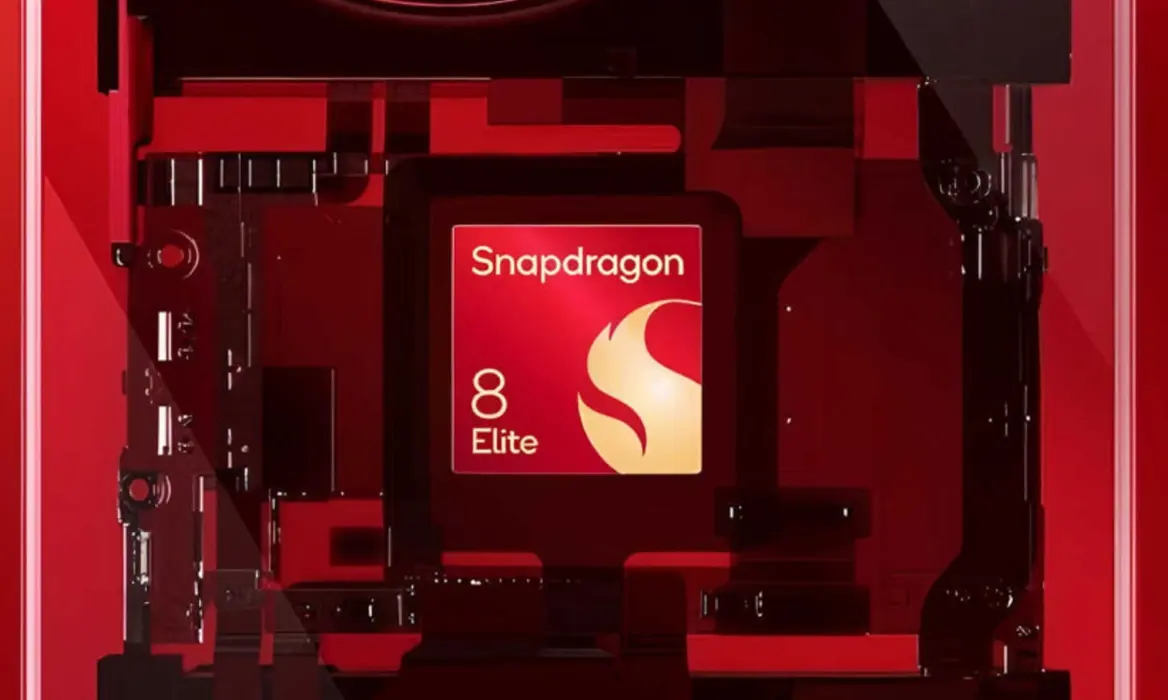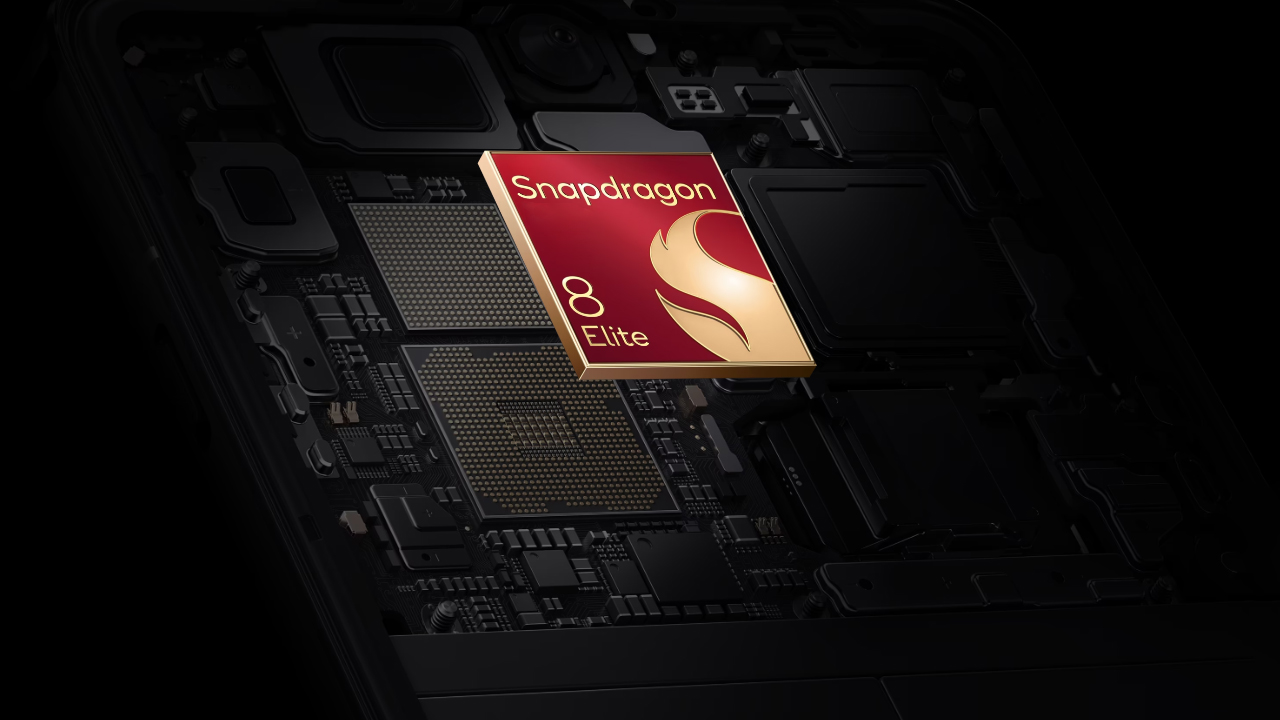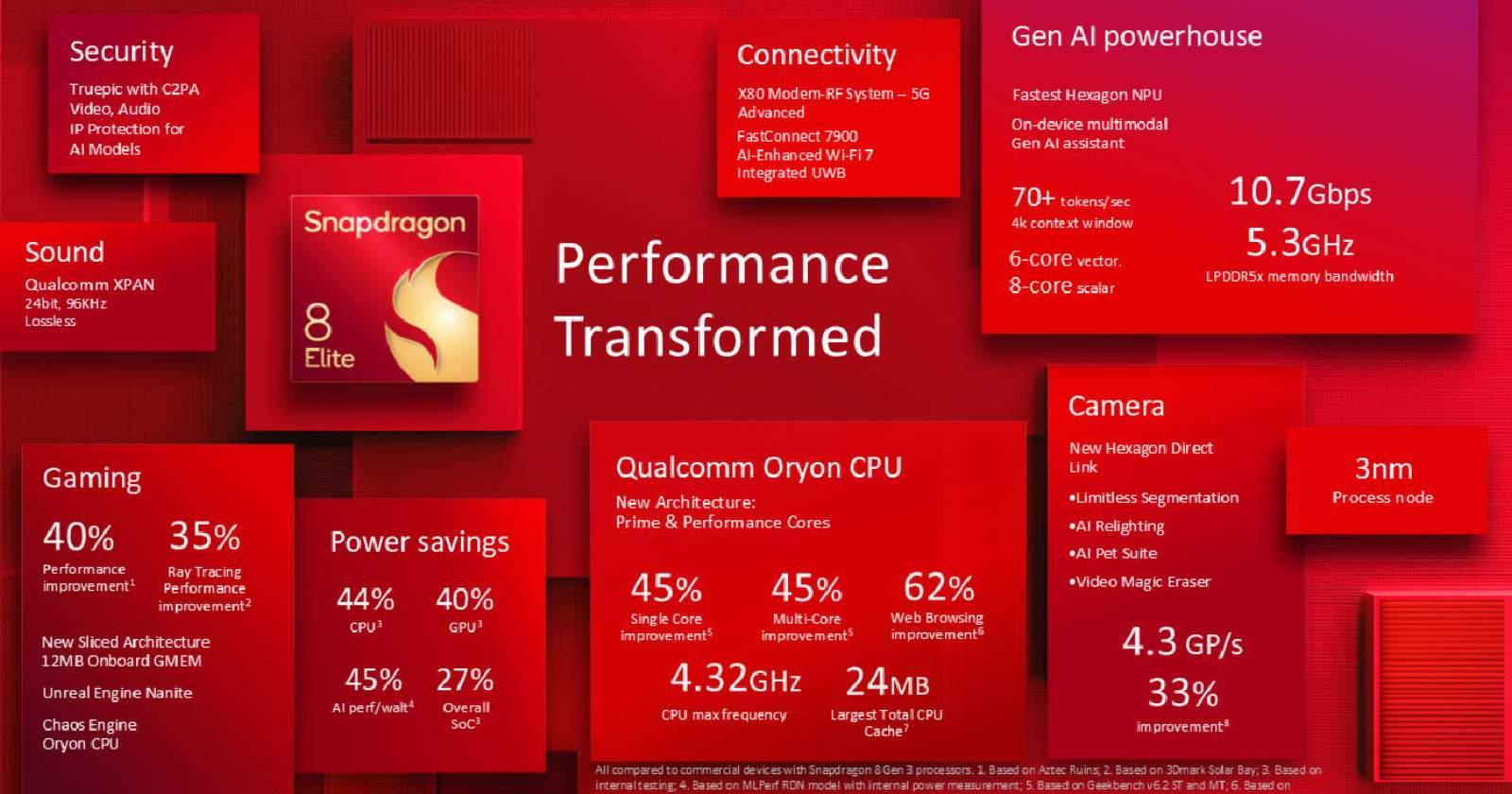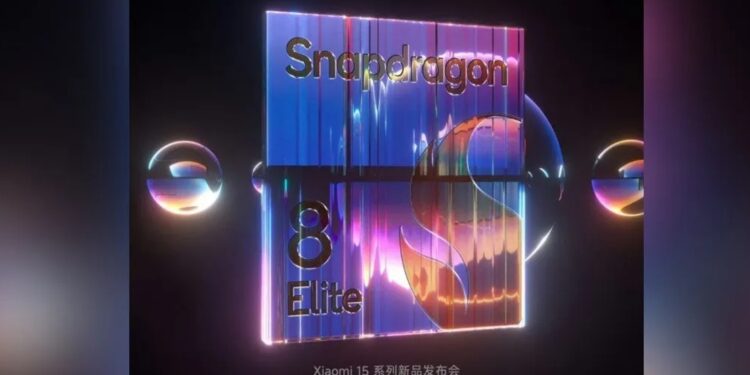In the ever-evolving world of smartphones, battery life remains a pivotal selling point for consumers, and the latest chipset from Qualcomm, the Snapdragon 8 Elite, is setting new benchmarks in this arena. With its debut in devices such as the Asus ROG Phone 9 and the OnePlus 13, this chipset not only showcases exceptional performance but also reveals significant advancements in battery efficiency, much to the delight of Android users.

A Leap in Longevity
Recent tests, including a detailed analysis by YouTuber Dave2D, have put the spotlight on the Snapdragon 8 Elite’s capability to enhance battery life dramatically. Devices equipped with this chipset are not just outperforming their predecessors—they’re smashing expectations. The Asus ROG Phone 9 Pro, which harbours a slightly larger battery compared to its predecessor at 5,800 mAh, demonstrated a nearly 30% increase in battery life during PCMark tests, jumping from just over 11 hours to an impressive 14.5 hours.
The OnePlus 13, sporting a 6,000 mAh battery, also showcased outstanding performance with an endurance time of nearly 17.5 hours, marking an over 42% increase from the prior model’s 12.2 hours. These figures are particularly noteworthy considering the battery size increases are relatively modest.

More Than Just Numbers
While the raw data is compelling, the real-world implications are even more so. Qualcomm has noted a power savings of about 27% with the Snapdragon 8 Elite, a figure that echoes through the usage patterns of the new Android flagships. This chipset doesn’t just extend the time between charges—it reshapes user experience, enabling longer gaming sessions, extensive video playback, and increased productivity without the battery anxiety that often accompanies such activities.

Implications for Future Devices
The implications of these improvements extend beyond just the Asus ROG Phone 9 and OnePlus 13. With Samsung’s Galaxy S25 series on the horizon, also slated to employ the Snapdragon 8 Elite, we’re likely to see this trend of enhanced battery performance continue. This could set a new standard for what users expect in terms of battery life from their mobile devices.

Wrapping Up
As Android phones continue to integrate Qualcomm’s Snapdragon 8 Elite chipset, the early indicators suggest a significant shift in how we perceive and experience battery life in our mobile devices. The chipset not only promises exceptional performance but also a transformation in battery efficiency, setting a high bar for competitors and future innovations in the smartphone industry.
This advancement in technology offers a glimpse into a future where our phones can keep up with us, from dawn till dusk, without reaching for the charger. As more devices adopt this powerful chipset, it will be interesting to see how the standards for battery life and performance evolve in the coming years.










